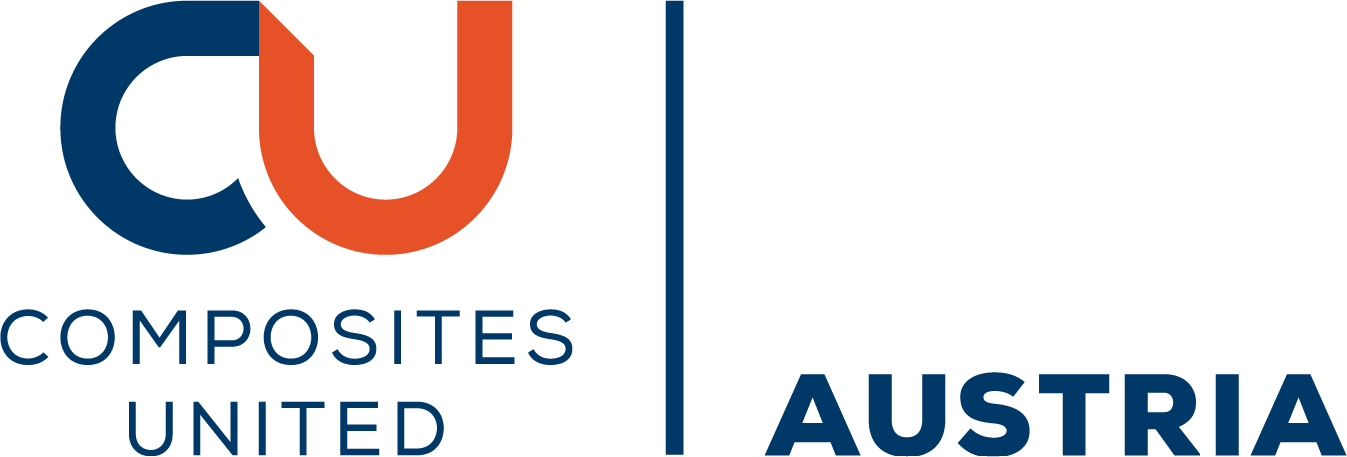
Graph Neural Networks for Efficient Prediction of Mechanical Response in Composite Structures with Unstructured Meshes
Please login to view abstract download link
The aviation industry is a major contributor of CO2 emissions, making the pursuit of sustainability a critical challenge. This drive for sustainability is spurring innovative aircraft configurations, particularly those incorporating alternative fuels, which requires a fundamental shift in design methodologies and techniques demanding high-performance predictive models of full-scale aircraft structures. Finite Element Analysis is a trusted method for solving problems involving partial differential equations, but struggles with scalability and computational efficiency in large-scale applications, especially when multiple configurations require separate simulations and remeshing, leading to significant computational cost. Machine Learning offers a promising avenue to accelerate structural simulations, bypassing some of FEA's computational bottlenecks. However, Convolutional Neural Networks (CNNs) falter on unstructured domains, because they rely on regular grids. Graph Neural Networks (GNNs) address CNN limitations by processing data on graphs, inherently capturing physical interactions through graph adjacencies and remaining resolution-independent, making them ready to handle complex and evolving geometries early in the design process. GNNs have been used to predict the mechanical response of structural components, but so far accuracy for severe stress values and scalability to larger composite structures remains lacking. In this work, we developed a GNN architecture based on message passing to predict stress fields in composite structures. Our dataset consists of open hole Carbon Fiber Reinforced Polymer laminate plates with varying geometries and boundary conditions. The workflow includes generating field variables using a finite element solver, graph embedding of the mesh, and training the GNN model on the dataset. The model can effectively predict stress fields across unseen configurations in only 0.5% of the time of a corresponding FE simulation while remaining resolution-independent. At the conference, we will show various additional examples including larger structural applications with clear aerospace relevance.






